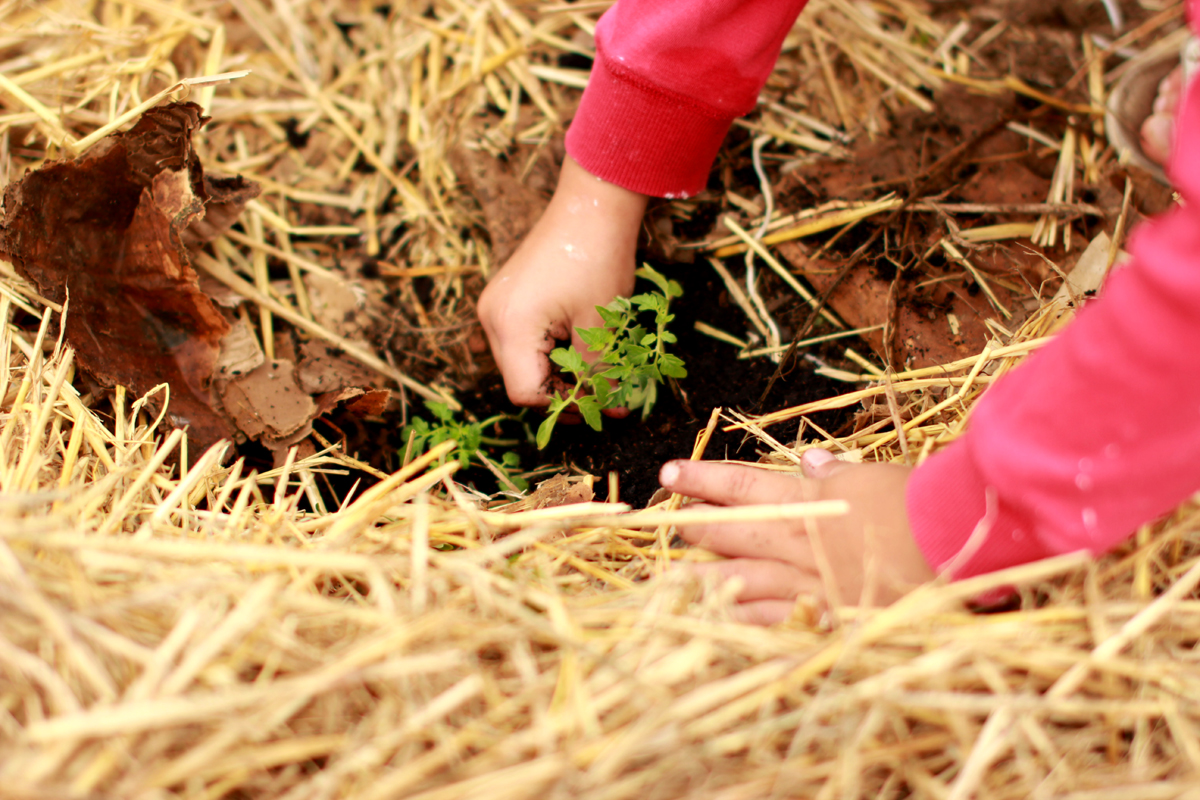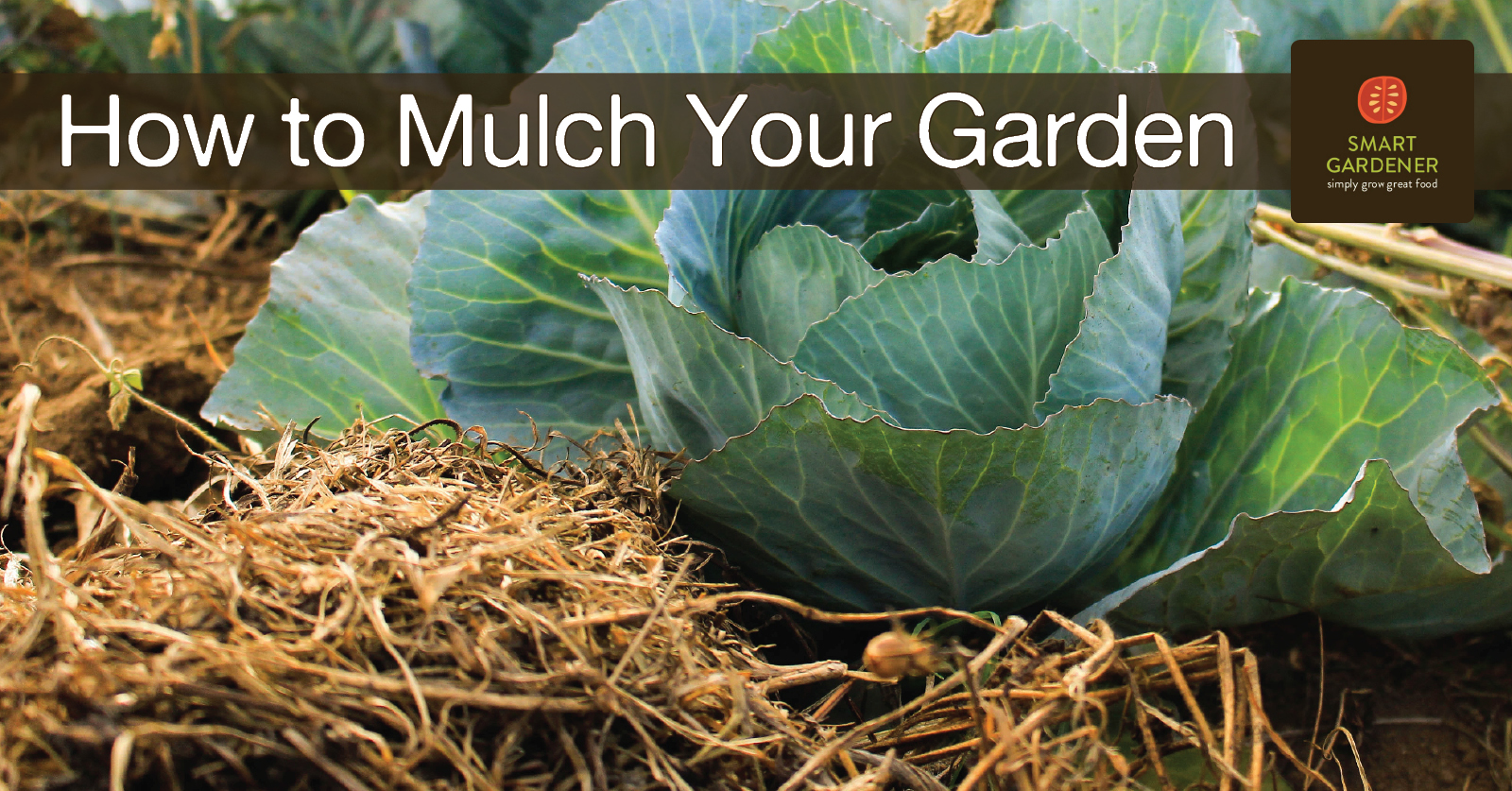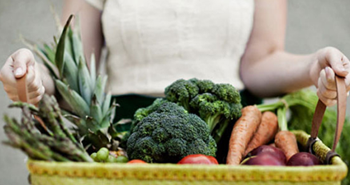Benefits of mulching
Mulch is an indispensable part of the vegetable garden. Adding a layer of mulch over your garden soil will pay off in a multitude of ways by:
- slowing evaporation of water from the soil
- preventing weeds (many weeds need bare soil)
- supplying nutrients to the soil (as it breaks down)
- protecting the soil from damage by sun and air
- reducing disease (by preventing soil splashing on leaves)
If a genetically engineered commercial product did as much, it would be patented, hailed as a miracle of science, promoted in all of the garden magazines and sold for a hefty price. Yet mulch does all of these things and more and costs next to nothing.
Types of mulch
 The best all-around material for mulching your vegetable garden is straw. Straw comes neatly compacted into a convenient (if rather heavy) bale, is clean and easy to use and looks quite attractive on the bed.
The best all-around material for mulching your vegetable garden is straw. Straw comes neatly compacted into a convenient (if rather heavy) bale, is clean and easy to use and looks quite attractive on the bed.
Just be sure to avoid the similar-looking hay at all costs! It is full of weed seeds which can turn your soil into a weedy nightmare!
If you don’t have access to straw, you can use grass clippings or chopped tree leaves (run these over with a lawnmower to chop them, or put them in a metal bin and shred them with a string trimmer).
Compost can be used as mulch too, if you have enough of it. You can also buy the hulls of cocoa bean, cottonseed, buckwheat, and other types of silage (and even pine needles in some areas!) for use as mulch, but they can sometimes be more expensive when compared to straw.
When to mulch
If you are growing transplants, you will need to spread a 2- to 3-inch layer of mulch around the newly planted plants (it will settle as you water). Just make sure to keep the mulch about 2 inches away from the stems of your plants. If you are direct sowing seeds, though, you will have to wait until the seeds have germinated and the plants are a few inches high before applying it.
When not to mulch
 Mulching is probably the most important thing you can do for your garden, except in a couple of important situations. Primarily, I don’t recommend using mulch if you have a problem with slugs in your garden because it provides the perfect hiding places for them.
Mulching is probably the most important thing you can do for your garden, except in a couple of important situations. Primarily, I don’t recommend using mulch if you have a problem with slugs in your garden because it provides the perfect hiding places for them.
Additionally, it’s a good idea to skip mulching in the early spring if you want the soil to warm up rapidly, as natural mulch creates an insulation layer, keeping the ground under it cool. Leaving off the mulch will allow the warming rays of the sun to warm the soil.
How often to add mulch
The beauty of using mulch in the garden is that, as a natural material, it will add nutrients to your soil as it breaks down. But because it breaks down, you will have to add more mulch from time to time. Generally I reapply a layer of mulch when I am first starting my planting and that will last through the season.
The good news is that this year’s mulch will be easier to mix into the soil for next year’s garden, giving you a jump start on preparing your garden bed.


